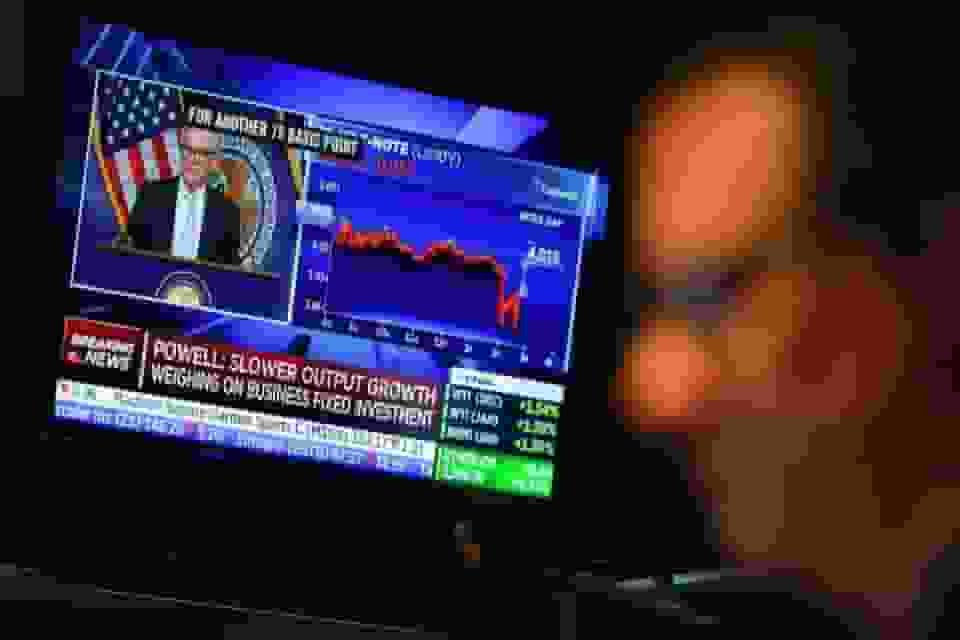Wall Street anticipates that the effects of the Federal Reserve’s most zealous year of interest rate increases in at least three decades will last into the following year.
The main topic of discussion on Wall Street in 2022 has been the central bank’s strategy for combating persistently high prices for everything from food to apparel. The Fed’s target interest rate is now between 3.75% and 4%, up from nearly zero in March.
US Inflation
The rate is anticipated to rise by another half-percentage point at the Fed’s final policy meeting in December, making this the largest increase since at least 1990. In 2023, it might surpass 5%.
The virus epidemic caused the economy to recover, but supply networks were unable to meet demand. Inflation was further fueled by a jump in oil and gasoline prices earlier in the year.
The Fed has been pretty clear that it will continue to raise rates until it notices a slowdown in inflation. This has made borrowing much more challenging and had a negative impact on equities.
High-valuation companies, particularly in the technology sector, lost some of their appeals as bond yields increased as a result of interest rate hikes. Major indices have been very erratic throughout the year as investors’ expectations of a Fed policy shift to a more dovish one have frequently been shattered by higher inflation readings.
READ MORE: Penny Collections: Your Coin May Worth Thousands

Experts Warn Federal Reserve Rate Hikes May Continue
The ability of the Federal Reserve to control inflation without sending the economy into a recession has been a point of contention among analysts and economists.
According to Jeffrey Roach, chief economist for LPL Financial, a recession “seems more and more plausible for the following year, and if the Fed responds correctly, a recession may turn out to be brief and light.” A recession appears to be imminent, according to the bond market.
Low yields on long-term bonds indicate that investors anticipate an economic downturn. The Fed has stated that it may scale back how much it raises rates moving into 2023, but that it may ultimately need to do so in order to get inflation under control.
In October, inflation was 7.7% higher than it was a year earlier. It is still very hot, although it has been getting cooler lately. Analysts anticipate that to continue, but the Fed may have a difficult road ahead given the delay between rate rises and their effects on inflation.
Before planning for a prolonged swing in market mood, investors should be ready for more setbacks, according to Mark Haefele, chief investment officer at UBS Global Wealth Management.
READ MORE: Wells Fargo Investment: This Is How Much You Have Today if You Invested in 2007


